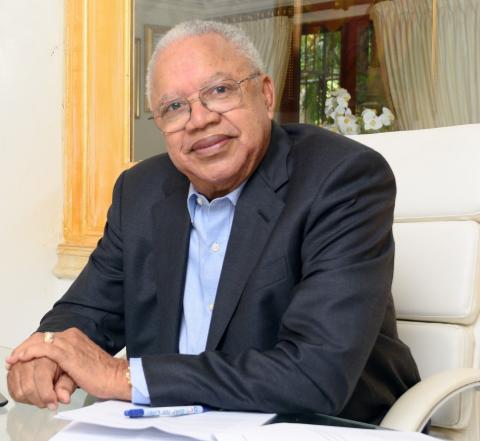
The use of speech-to-text software can be a game-changer in healthcare as we continue to evolve with the incorporation of more advanced technology in our efforts to digitise the sector. Any clinician or administrator who seeks to improve efficiency across the board in the healthcare setting should consider this to help to speed up processes within their organisation.
Speech-to-text software can enable the user to speak into a microphone and have the vocals translated to text. This is mostly used for the electronic medical record, but can be used for any related notes for various departments and functions in a health facility. Interoperability has made it increasingly possible to merge various software products into a health information management system.
Interoperability is what makes an electronic system, well, a system. Connectivity is critical in any healthcare environment and this is what would enable the integration of speech to text. One much-used standard that facilitates interface and therefore interoperability is Health Level 7 (HL7). These are international standards related to the sharing of health and administrative information across various platforms and devices.
Documentation and transcription are two of the most time-consuming functions within the healthcare setting. With the introduction of the electronic health record, quick and easy documentation has become one of the most important requirements for physicians and patients alike. This is fast becoming a major industry with a number of large technology companies offering various speech-to-text solutions.
According to marketsandmarkets.com, “the global speech-to-text API market size [is set] to grow from US$2.2 billion in 2021 to US$5.4 billion by 2026, at a compound annual growth rate (CAGR) of 19.2% during the forecast period”. The reasons for growth of this are varied and industrywide, but there is no doubt that the healthcare industry is set to benefit from the growth, development and use of such software.
Speech to text software can work for any size organisation. Outside of the software, the additional investment include microphones and training of personnel. Training is usually very simple and can take just minutes. Once this is done, it is usually easy enough for physicians to dictate patient reports and health information to the electronic medical record (EMR) section of the health information management system. This allows for more time to be spent with the patient in consultation and less time on documentation during and afterwards.
COMPLEX JARGON
Most speech-to-text software in healthcare are equipped to handle complex and technical medical jargon as well as optimise and learn speech types and nuances, including accents, for less errors over time. This is not to say that it isn’t important to check for errors. No system is infallible, and for patient safety, reading over dictated text is always recommended. However, it still enables the doctor to focus more on patient care rather than having to use much of his/her time to catch up on writing notes to the EMR. This alone can significantly reduce time spent working on this element of patient care and, therefore, help with alleviating physician burnout and increasing productivity.
Patient satisfaction will invariably increase when a physician can focus more and spend more time on treating patients rather than taking written notes. The physician is able to listen closely to patients and be much more attentive when using speech-to-text software for capturing medical and diagnostic information. A lot of times, patients complain of not getting enough time with their doctor. We see this in both the public and private setting. When note-taking time is reduced through the use of speech to text, the time saved can be dedicated to properly listening to, advising and treating patients. Better quality of care will result from this.
Outside of the benefits to overall healthcare, speech to text can help a facility to save money by reducing the need to hire additional personnel for data entry to ensure that information is properly captured when regular staff is unable to spend time on this. Staff is also able to focus on other tasks. thereby increasing productivity and profitability.
Doug Halsall is chairman and CEO of Advanced Integrated Systems. Email feedback to doug.halsall@gmail.com.
Published: Sunday | January 30, 2022 | 12:08 AM
https://jamaica-gleaner.com/article/news/20220130/health-tech-using-spee...

